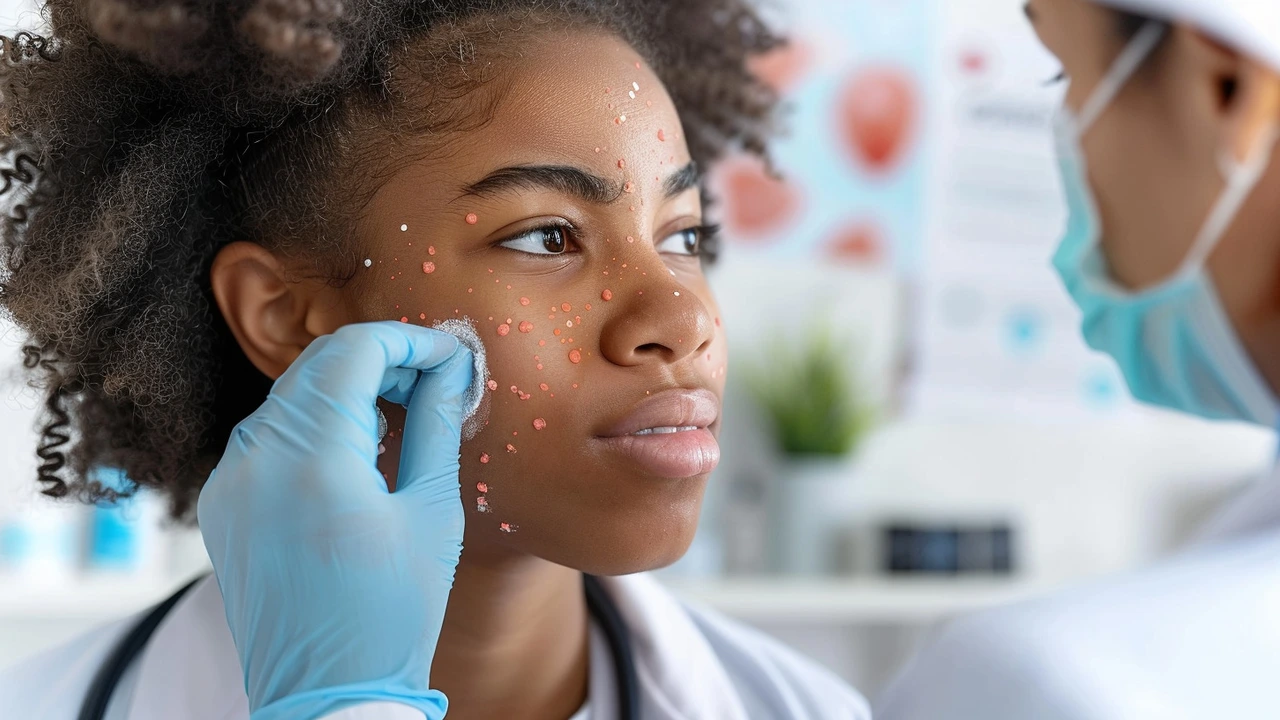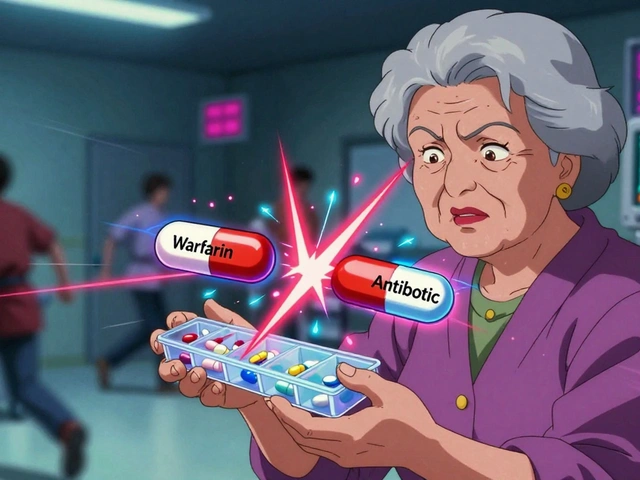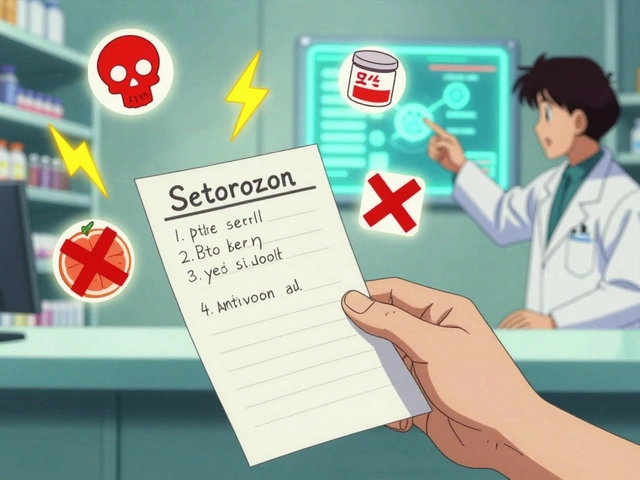Betamethasone: Uses, Forms, and Safety
Betamethasone is a strong steroid medicine used to calm inflammation and allergic reactions. You’ll see it in creams, ointments, lotions, and injections. People use it for eczema, psoriasis, severe rashes, and sometimes in hospitals for injections when stronger, fast-acting steroid effects are needed.
Common forms and when they’re used
Topical betamethasone (cream or ointment) is the version most people know. It’s meant for skin problems—apply a thin layer to the affected area as your doctor says. Ointments suit dry, scaly patches while creams are better for moist or weepy skin. There are also scalp lotions and solutions for stubborn scalp conditions. Injectable betamethasone is used in clinics for severe allergies, certain joint injections, or to help fetal lung development if early delivery is likely—those uses always happen under medical care.
Quick safety tips you can use
Because betamethasone is potent, don’t use it longer or in larger amounts than prescribed. Long-term or heavy use can thin the skin, cause stretch marks, and let infections spread. If you have diabetes, watch blood sugar closely—systemic steroid effects can raise glucose. Don’t put strong topical steroids on your face, groin, or underarms unless a doctor tells you to. For kids, use the lowest effective strength and shortest duration—children absorb more through the skin.
Check interactions and other meds. Steroids can affect vaccines—avoid live vaccines if you’re on high doses. Tell your doctor about blood thinners like warfarin, steroid inhalers, or other immune-suppressing drugs. If you notice mood swings, weight changes, muscle weakness, or unusual bruising after injections or long use, contact your provider right away.
Buying online? Stick with licensed pharmacies. Look for a physical address, pharmacist contact, and clear prescription requirements. If a site sells strong steroid injections or prescription creams without asking for a prescription, that’s a red flag. Read reviews, check for secure checkout (HTTPS), and ask your doctor whether a specific brand or strength is right for you.
How to apply topical betamethasone: wash and dry the area, use a small amount, rub gently until it’s absorbed. Don’t cover the site with plastic wrap unless told to do so. If your rash gets worse or you develop signs of infection—increased pain, pus, fever—stop use and see a clinician.
Short practical note: betamethasone works fast for many inflammatory skin problems, but it’s not a cure-all. Use it as prescribed, watch for side effects, and keep communication open with your healthcare team. If you’re unsure about using it during pregnancy, breastfeeding, or with other health conditions, ask your doctor first.





